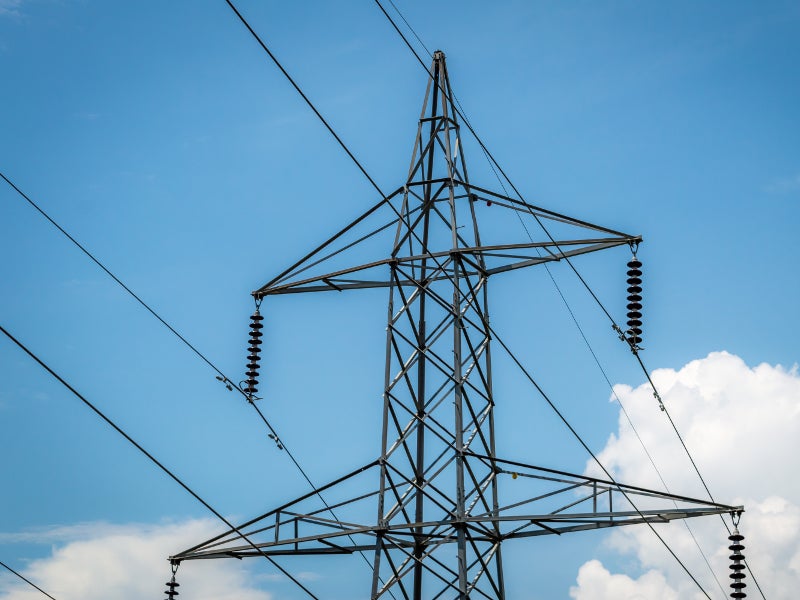The Bhadradri thermal power station is a 1,080MW coal-fired power station under construction near Manuguru, Bhadradri Kothagudem district, Telangana, India.
State-owned Telangana State Power Generation Corporation (TSGENCO) is the owner and operator of the power station.
Initial construction works of the £794m ($1bn) power project were started in 2015, while one of the four units of the plant was commissioned in September 2019.
The remaining units are expected to come online by the beginning of 2020.
Project location and site details
The Bhadradri coal-fired power plant is being developed in a 936-acre site out of which the main plant occupies 332 acres.
The total project site comprises 87% of government-owned land and 13% privately-owned lands.
The nearest railway station is located in Manuguru, approximately 15km away from the project site. A 20.25km-long new rail line is being constructed for transporting coal to the plant.
The main source of water supply for the plant will be the Godavari River, which is located 800m away from the project site.
Bhadradri thermal power plant make-up
The Bhadradri power station comprises four 270MW sub-critical coal-fired generating units. Each unit will be equipped with a pulverised coal boiler, which is capable of producing steam at 5,400°C and 155kg/cm² pressure, and a 3,000 RPM, multi-stage, single-reheat steam turbine.
The boilers will be fed with coal of less than 50mm size. The plant is designed to be operated either on 100% imported or blended (50% indigenous and 50% imported) coal.
Each 270MW steam turbine of the plant will feature three cylinders, including a high-pressure (HP), an intermediate pressure (MP) and a low-pressure (LP) cylinder. The HP and IP cylinders will be of single-flow type, while the LP cylinder will be of double flow type.
The steam exhausted from the LP cylinder of each turbine will be condensed in a two-pass, single-shell surface type condenser.
The condenser air from each unit will be evacuated through vacuum pumps, while the condensates will be extracted through two condensate extraction pumps.
Each generating unit of the plant will be equipped with two electrostatic precipitators and two bus sections for the collection of fly ash, and a flue gas desulphurisation (FGD) system for air emissions control.
The Bhadradri power station will also feature two 275m-high twin flue stacks, a coal handling plant, and a water treatment plant.
Coal supply
The Bhadradri thermal power station is estimated to require up to 4.2 million tonnes (Mt) of coal a year, which will be supplied by rail to the plant site. The coal will be supplied by road until the completion of the construction of the rail line connecting the power station.
The indigenous coal for the plant is planned to be supplied from the Manuguru and Prakasham Khani opencast coal mines by Singareni Collieries Company (SCCL), while the imported coal is planned to be sourced from Indonesia.
Power transmission from Bhadradri thermal power station
The electricity generated by the plant will be evacuated into the national grid via an onsite 400kV substation and through four single-circuit overhead lines.
Contractors involved
As the engineering, procurement, and construction (EPC) contractor for the project, Bharat Heavy Electricals (BHEL) was responsible for the supply of key power generation equipment of the plant.
BHEL was also awarded a separate EPC contract for the FGD systems at the plant in June 2018.
Rail India Technical and Economic Service (RITES), an engineering consulting company owned by the Government of India, was engaged for the feasibility study of the railway line connecting the project site.





